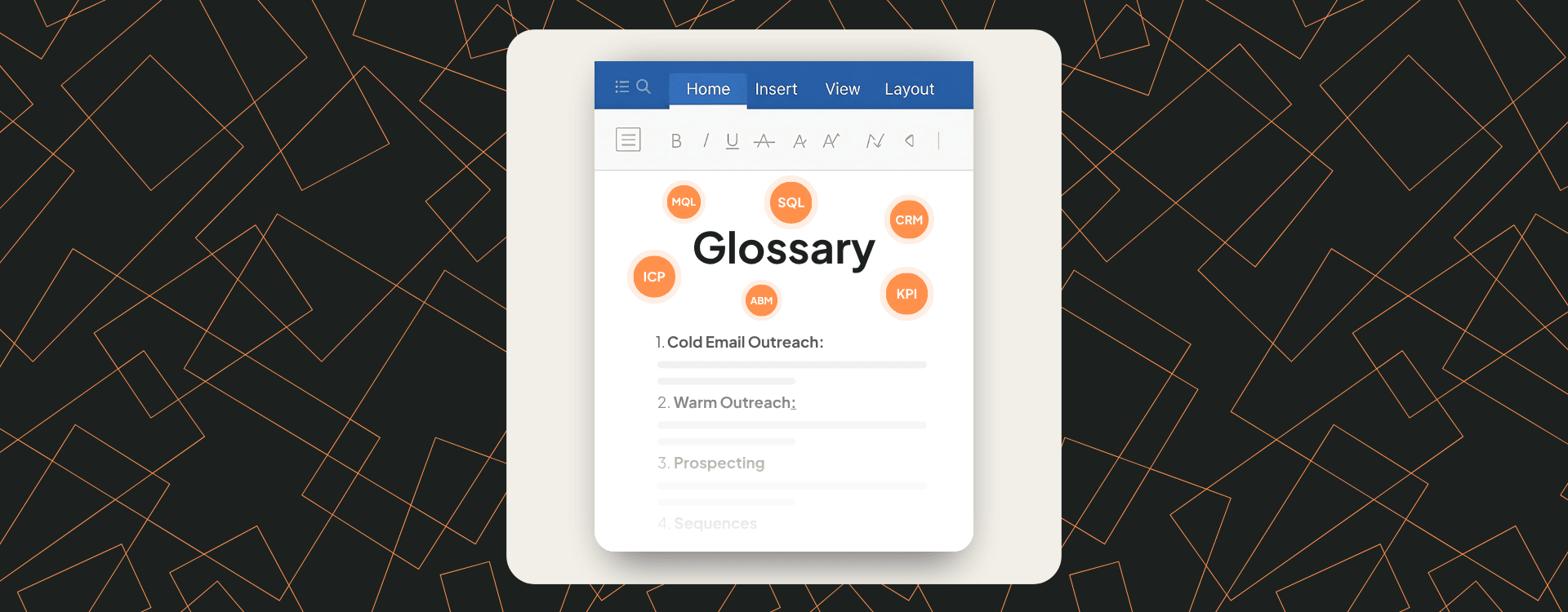B2B appointment setting is overdue for a reset. And why?
Because most strategies still fall into two buckets – cold outreach (cold calls, emails, DMs) or traditional marketing (content, SEO, social). But here’s the thing: it shouldn’t be or. It should be and.
When sales and marketing run in silos, buyers get mixed messages. And in a world where buyers are more informed, independent, and selective than ever, that disconnect costs you opportunities.
That’s why smart teams are turning to something called a buyer-led appointment setting. A strategy that puts buyers in control and gets sales and marketing working in sync.
This isn’t about quick wins. It’s about trust, timing, and alignment – things that actually move the needle long-term.
Let’s see what that looks like in practice.
The real problem in B2B today
There are two core issues with how most GTM strategies are run today:
- Cold outreach still operates in a vacuum while 87% of B2B buyers want one consistent experience across all channels. It still “shows up” like it’s never met marketing. No shared strategy or support. And buyers feel that disconnect.
- Marketing has become too passive. Content gets published, and then… everyone waits. Waits for leads to convert, raise their hand, or book a demo on their own.
Thanks to buyer signals, it’s now possible to track how leads behave across different channels, and that opens up two big opportunities:
- For completely cold audiences, it makes sense to run warming plays – sequences that gradually introduce the brand, build trust, and create familiarity before the ask.
- For leads coming through marketing channels, activation is key. Instead of waiting for them to reach out, teams can move based on engagement, intent, or repeat interactions.
What buyer-led appointment setting actually is?
It’s not just a strategy. It’s a philosophy that puts the buyer at the center. You shouldn’t treat cold leads like numbers on a spreadsheet. Start asking the real questions instead:
- Who are they, really?
- What would earn their trust?
- What will they do before deciding to book a meeting with you? Google you? Check out your LinkedIn? Visit your website? What exactly on your website?
Once you have those answers, you can build a buyer-led motion – a GTM approach that blends:
- Highly targeted ads for awareness (LinkedIn, Meta, etc.)
- Content (blogs, case studies, videos)
- Cold outreach (email, InMail, calls)
- Audience activation (newsletter signals, post engagement, webinar responses)
- SDR follow-ups on intent signals
.avif)
The result? When a prospect picks up your call, they think: “Oh, I know these folks.”
And what about ones who land on your website, or sign up for your newsletter? You don’t just sit back and wait. You activate them.
Not with spam. But by paying attention – who keeps coming back, who’s reading your stuff, who’s clicking and then you reach out when the timing is right.
What makes it different from other methods?
The biggest difference is fragmentation.
Marketing produces blog posts, eBooks, and SEO pages. Sales runs outbound campaigns with cold emails and LinkedIn DMs. Each side does its thing – but without coordination, buyers get mixed signals, or worse, no signal at all.
And that’s where the buyer-led appointment setting changes the go-to-market strategy.
It brings sales and marketing together into one connected funnel – warming up leads with content, tracking real signals, and reaching out at the right moment.
The result? More replies, better meetings, and a lower CPA.
A buyer-led funnel: Step by step
Before you build a funnel, go back to the questions we mentioned above (who’s your buyer, what builds their trust, how do they research you before booking a call).
Once you have those answers, you can map out the steps.
Here’s one version of what that funnel might look like:
- Step #1: Lock in your ICP and know your market.
- Step #2: Build a list of true decision-makers.
- Step #3: Warm the audience with targeted ads.
- Step #4: Start soft. Invite them to a newsletter or resource.
- Step #5: Track intent signals (opens, clicks, downloads) with tools like Clay or RB2B.
- Step #6: Reach out when they’re ready, not when it’s convenient to you.
- Step #7: Hand off to an SDR once trust is built.
That familiarity cuts your sales cycle. Trust is built. And conversion improves.
Comparison: Buyer-led vs. other approaches
Here’s how it stacks up:
.avif)
Final word
Buyer-led appointment setting isn’t a new tactic. It’s a shift in mindset. One that reflects how modern buyers actually move: across channels, on their own time, and on their own terms.
It’s about building systems where marketing and sales work together to create consistent, valuable experiences – long before and long after someone’s ready to talk.

.svg.svg)
.avif)


.avif)



.avif)